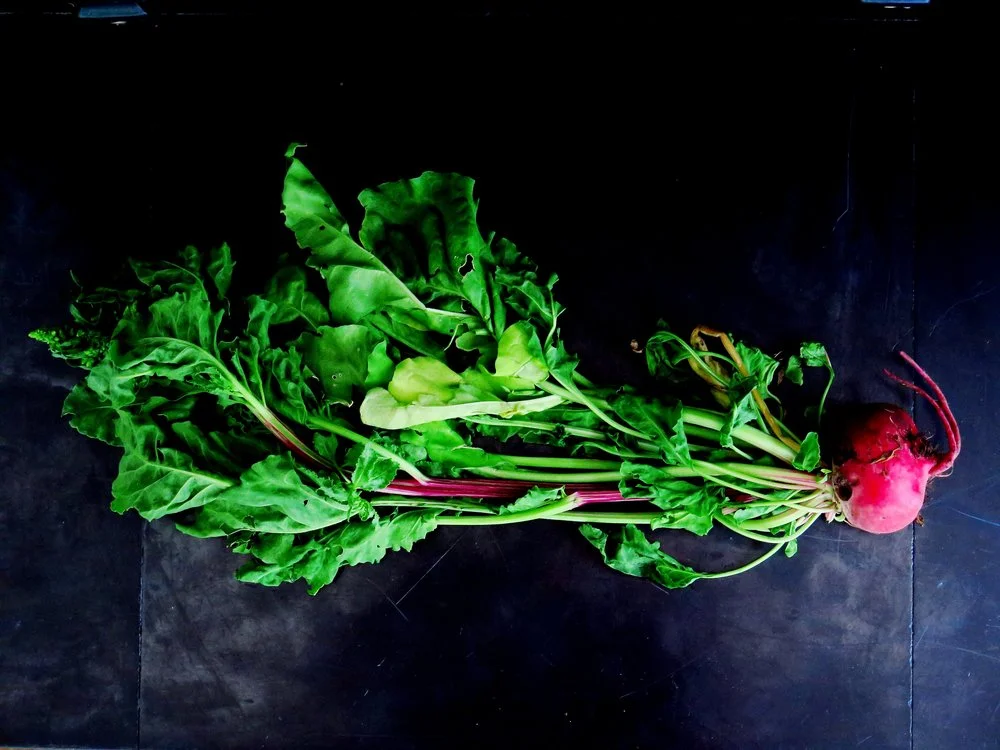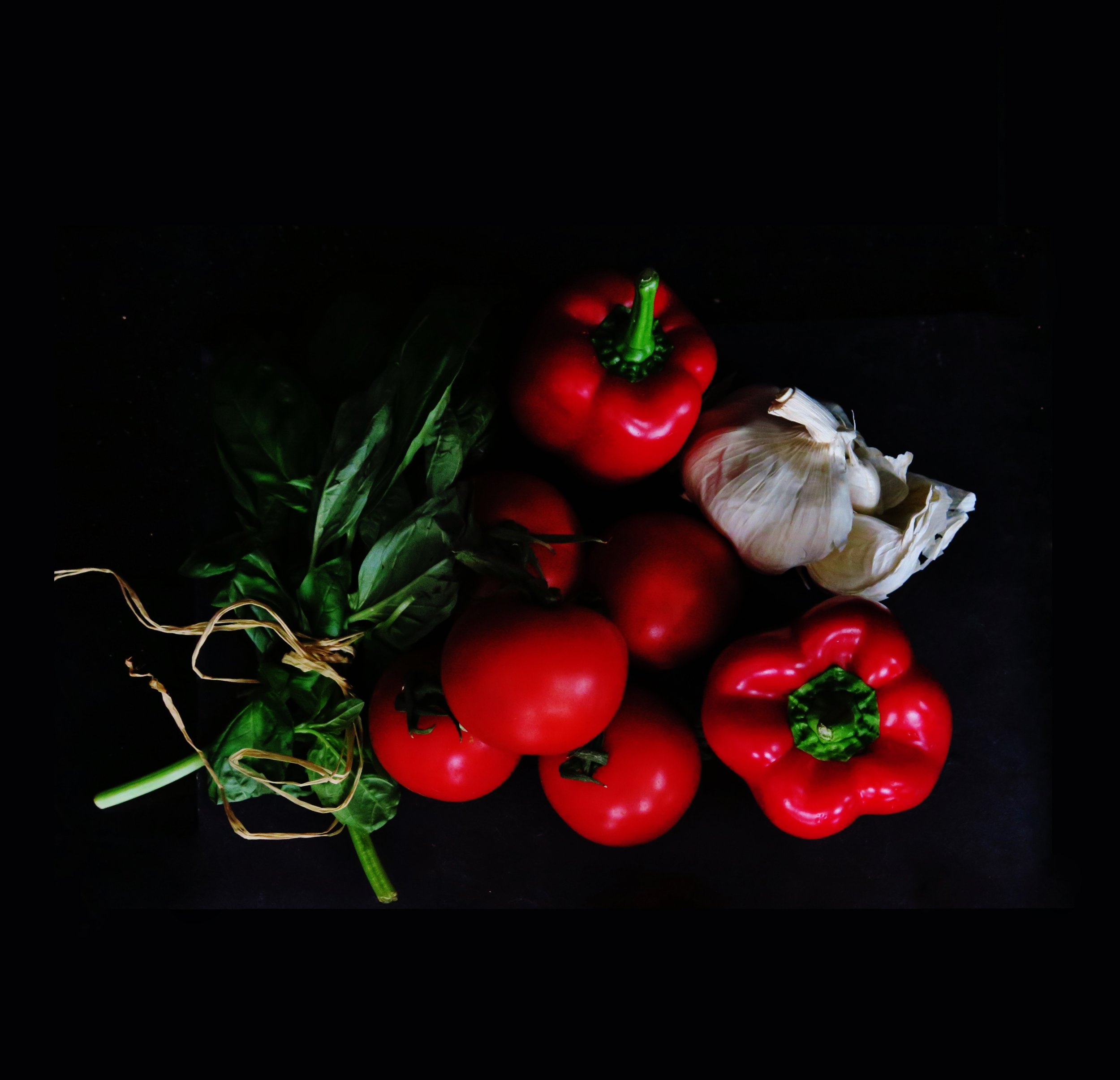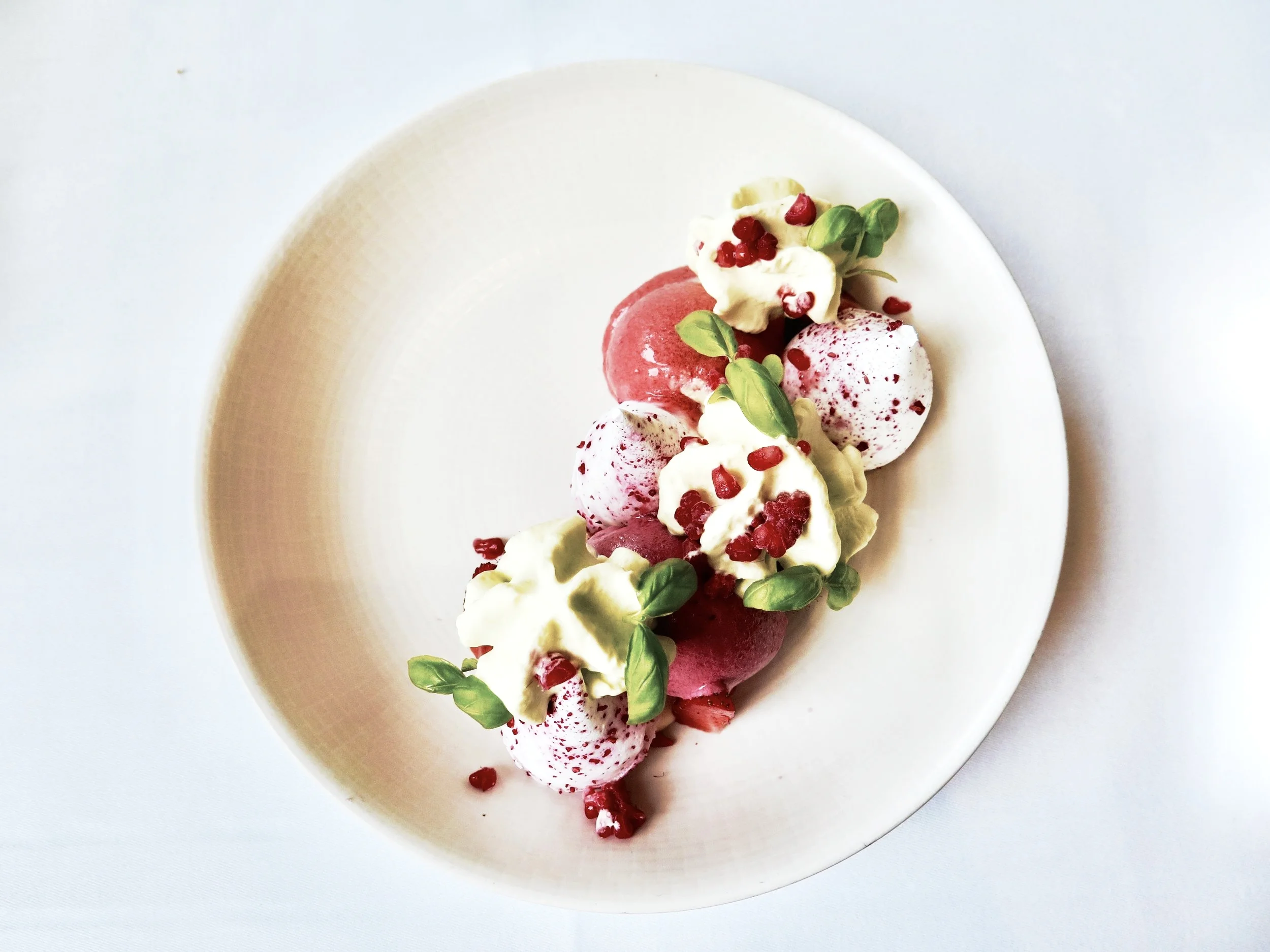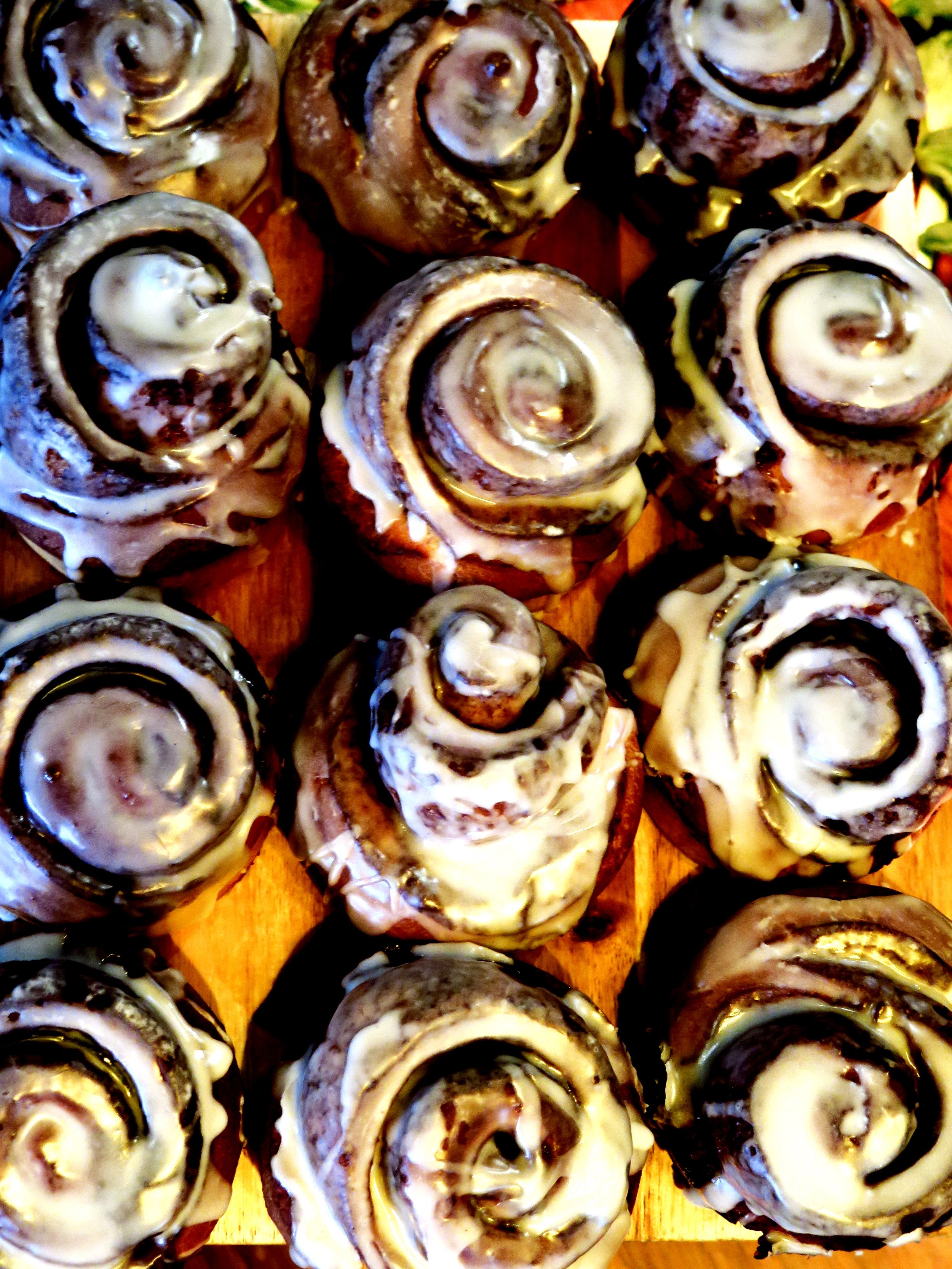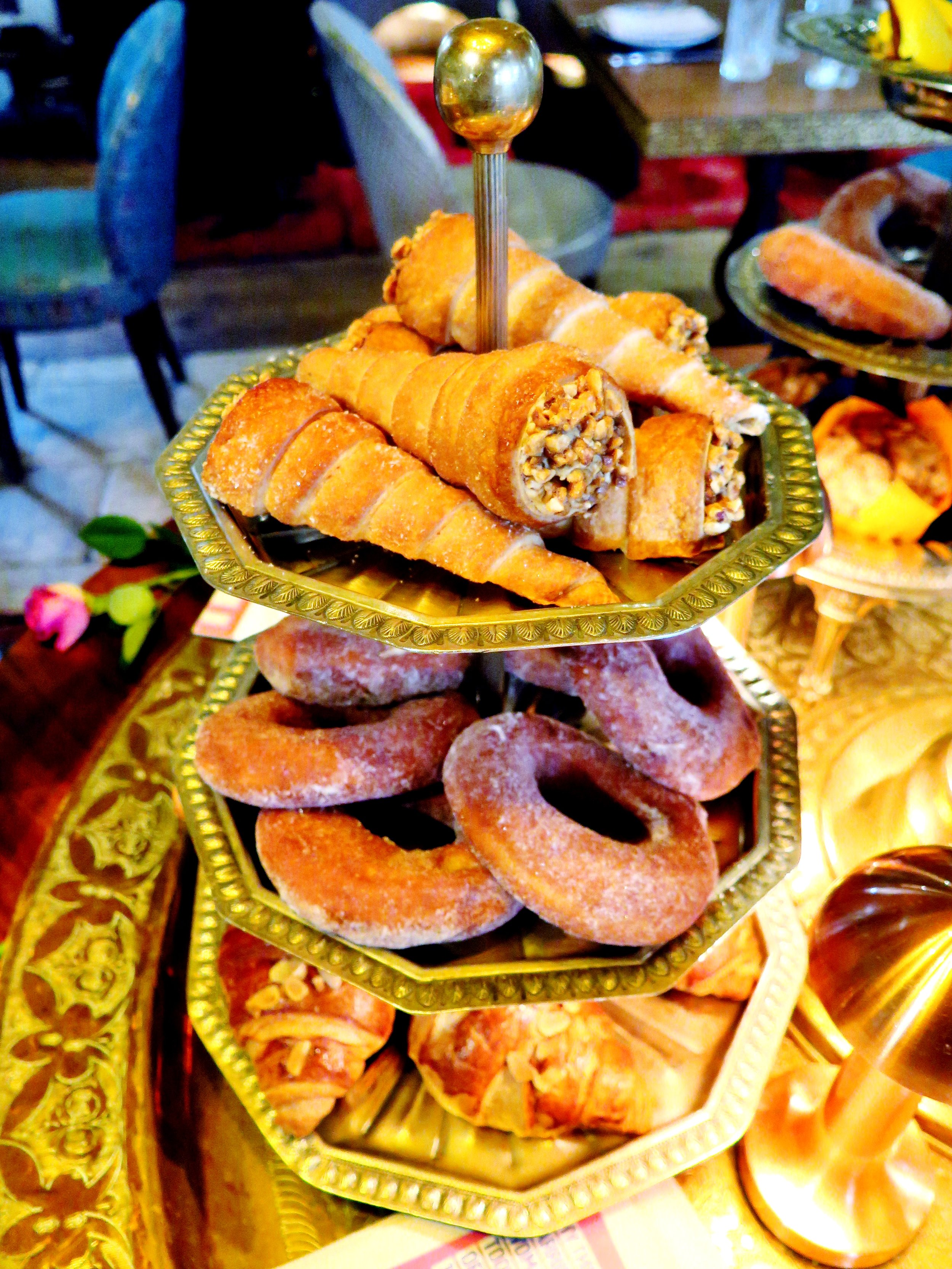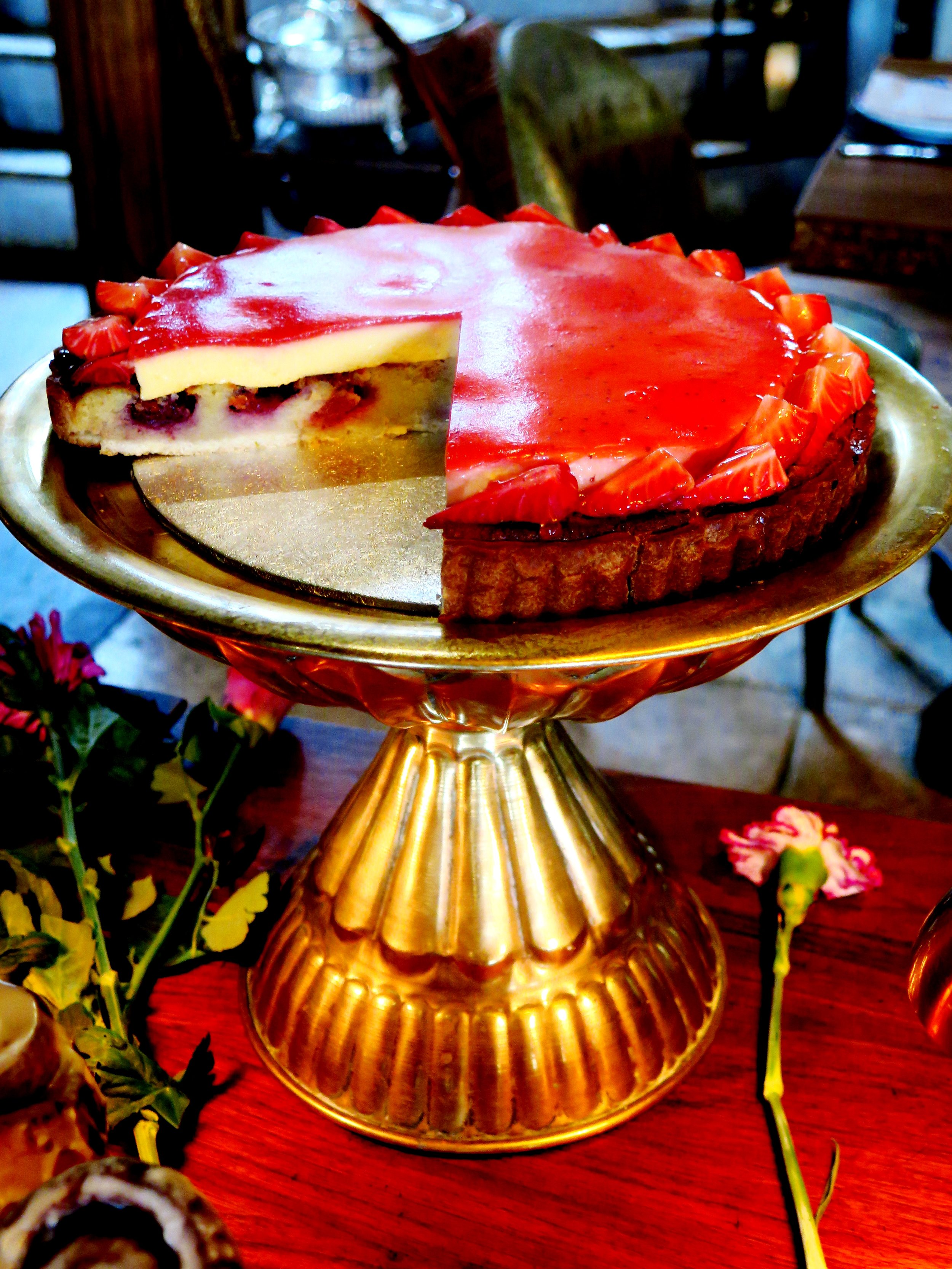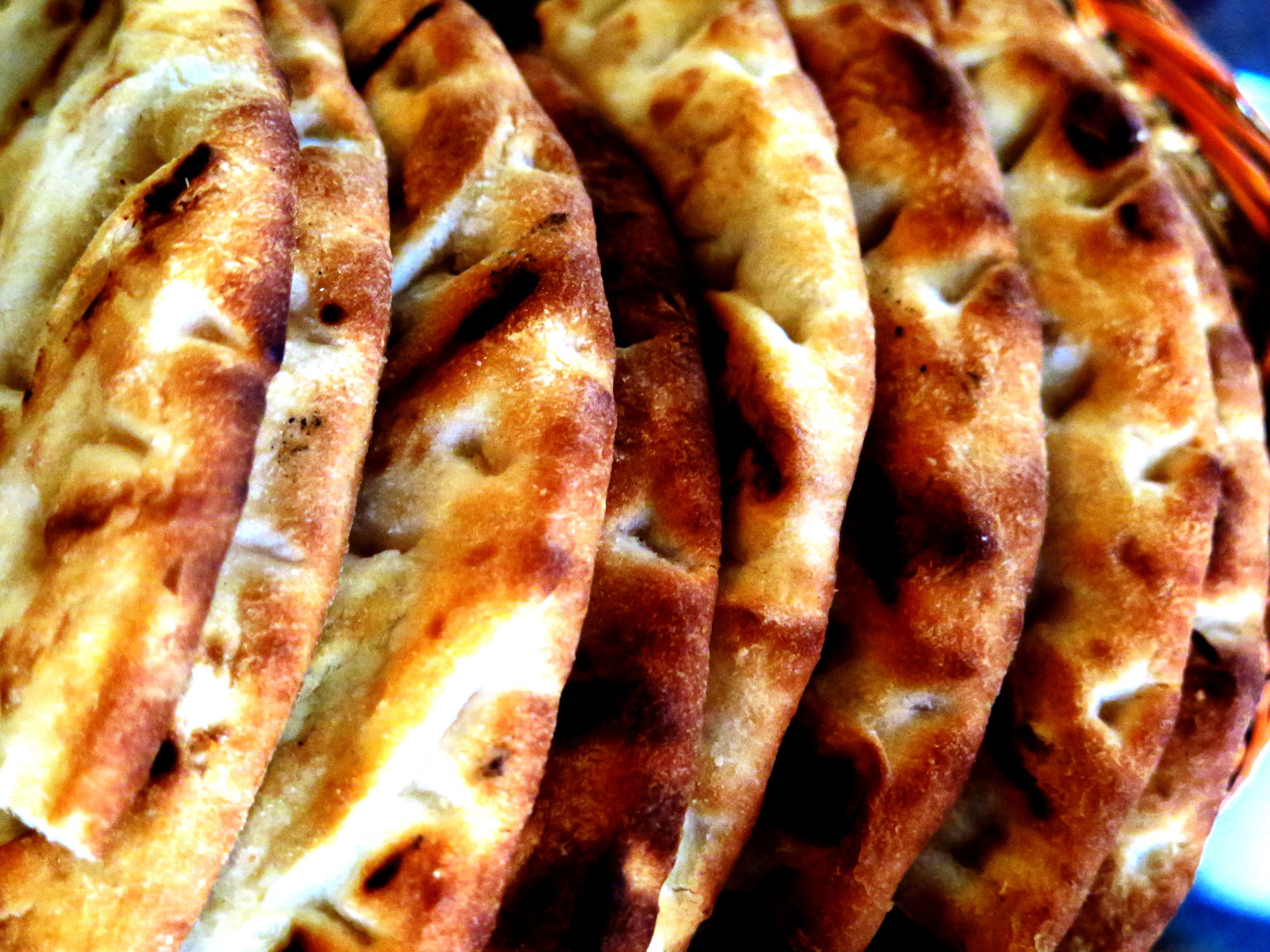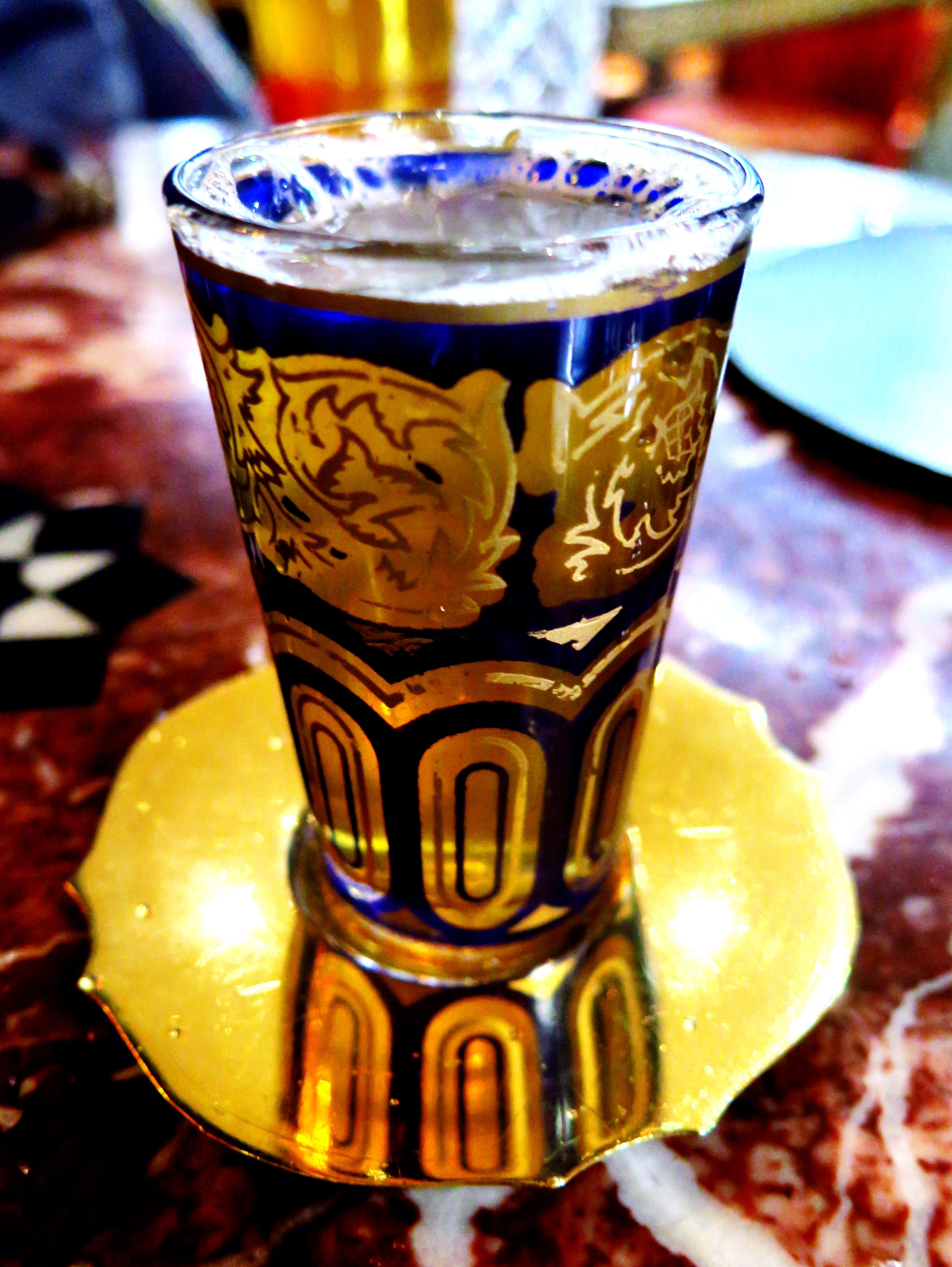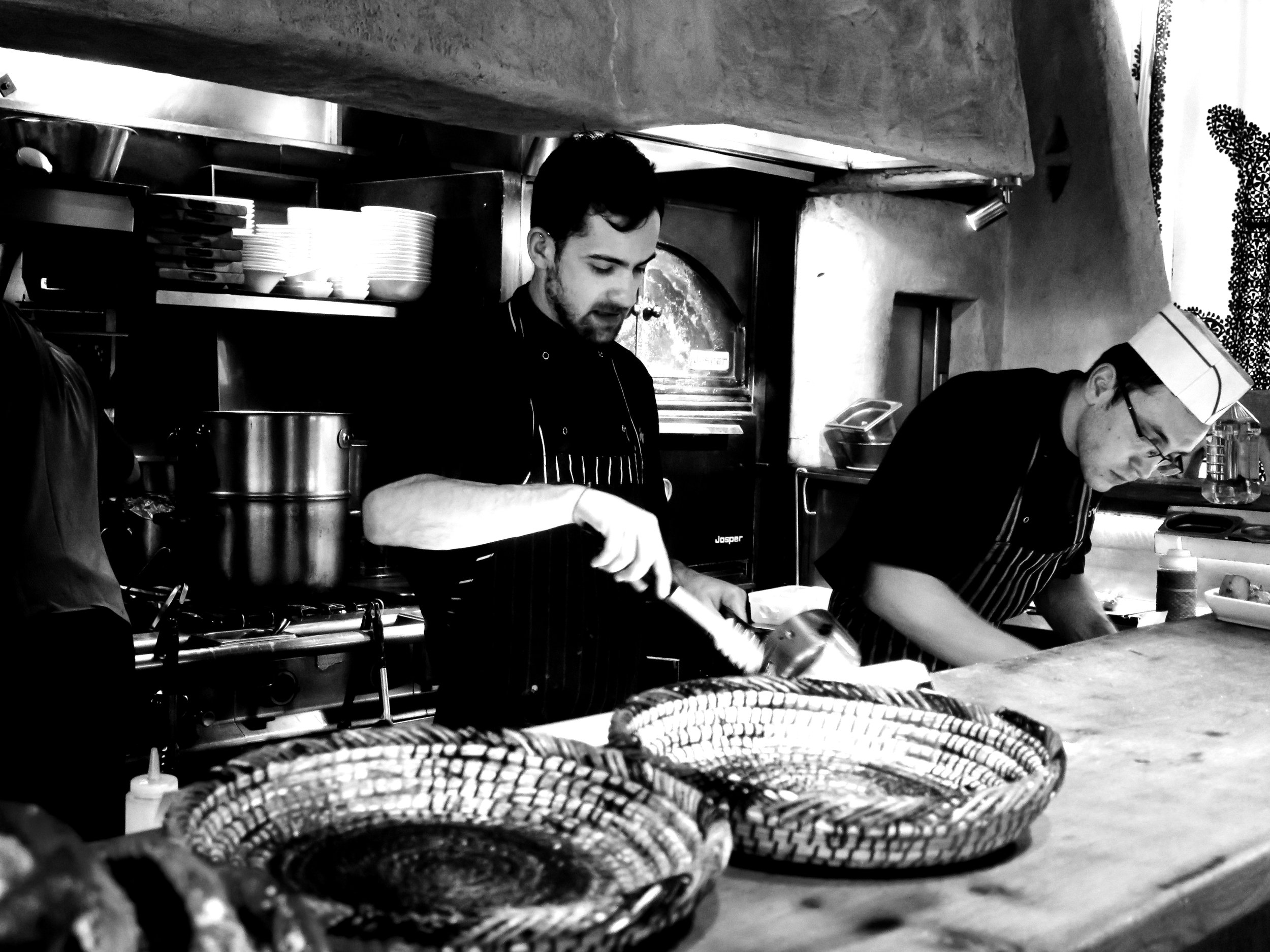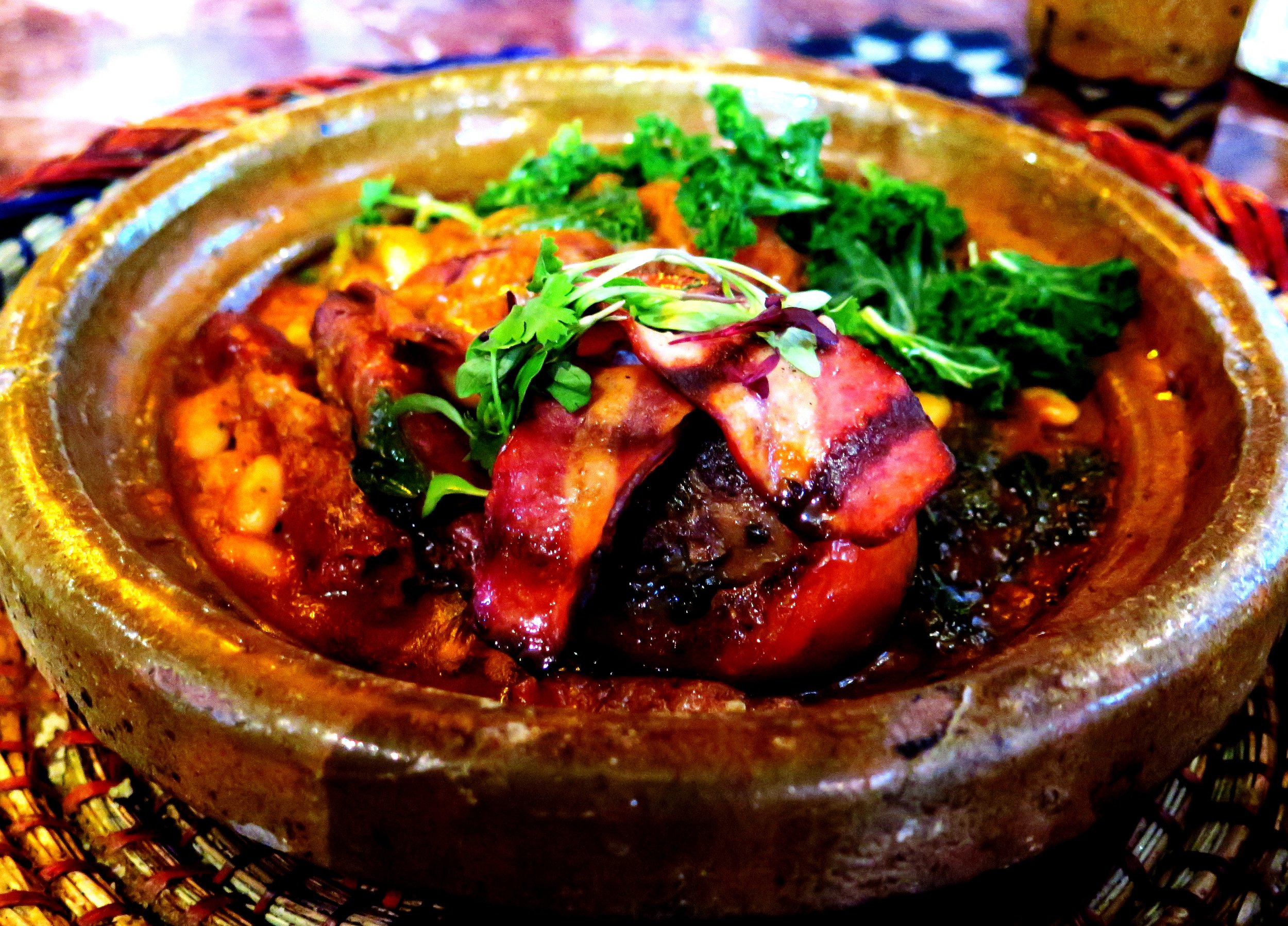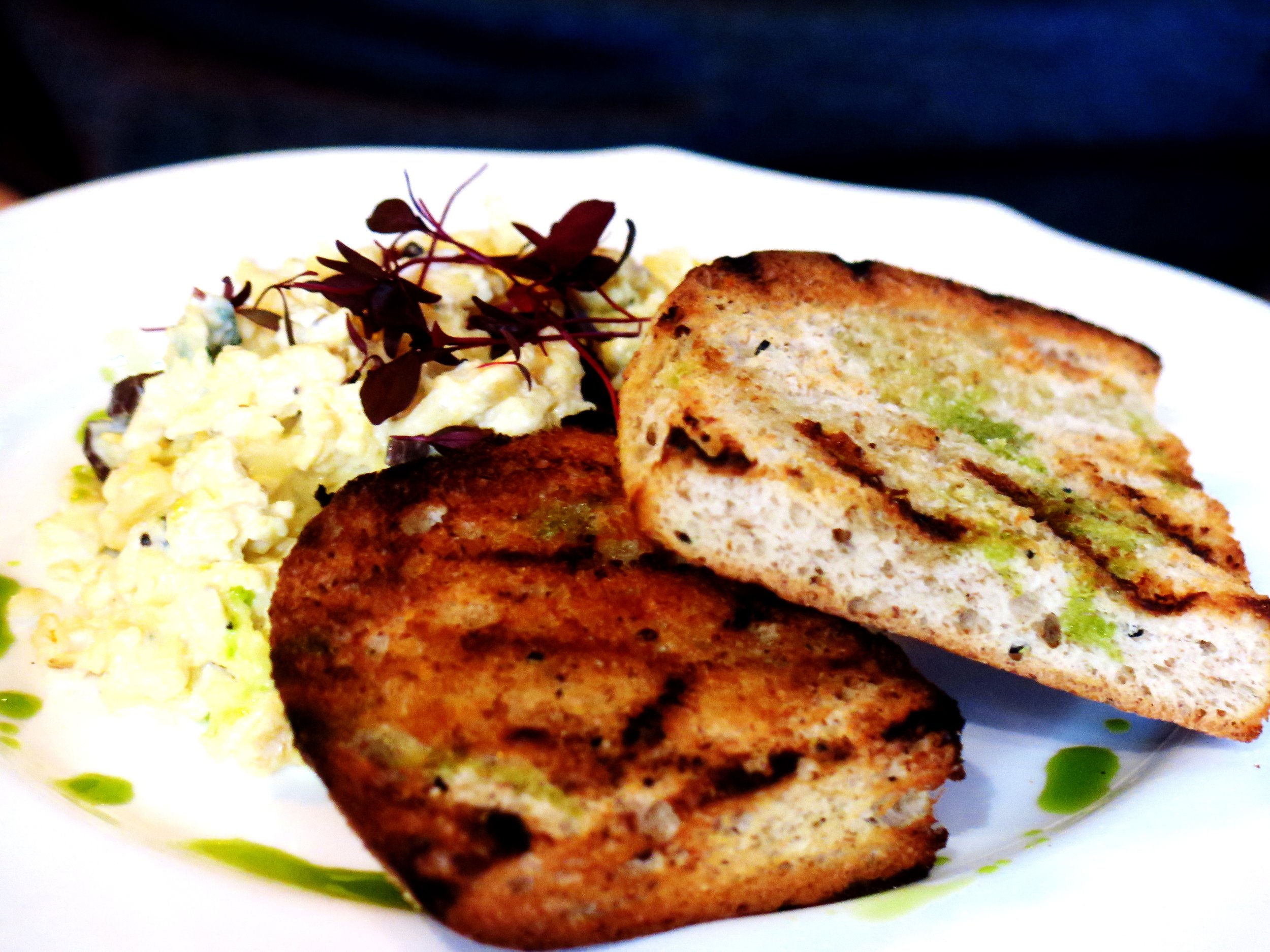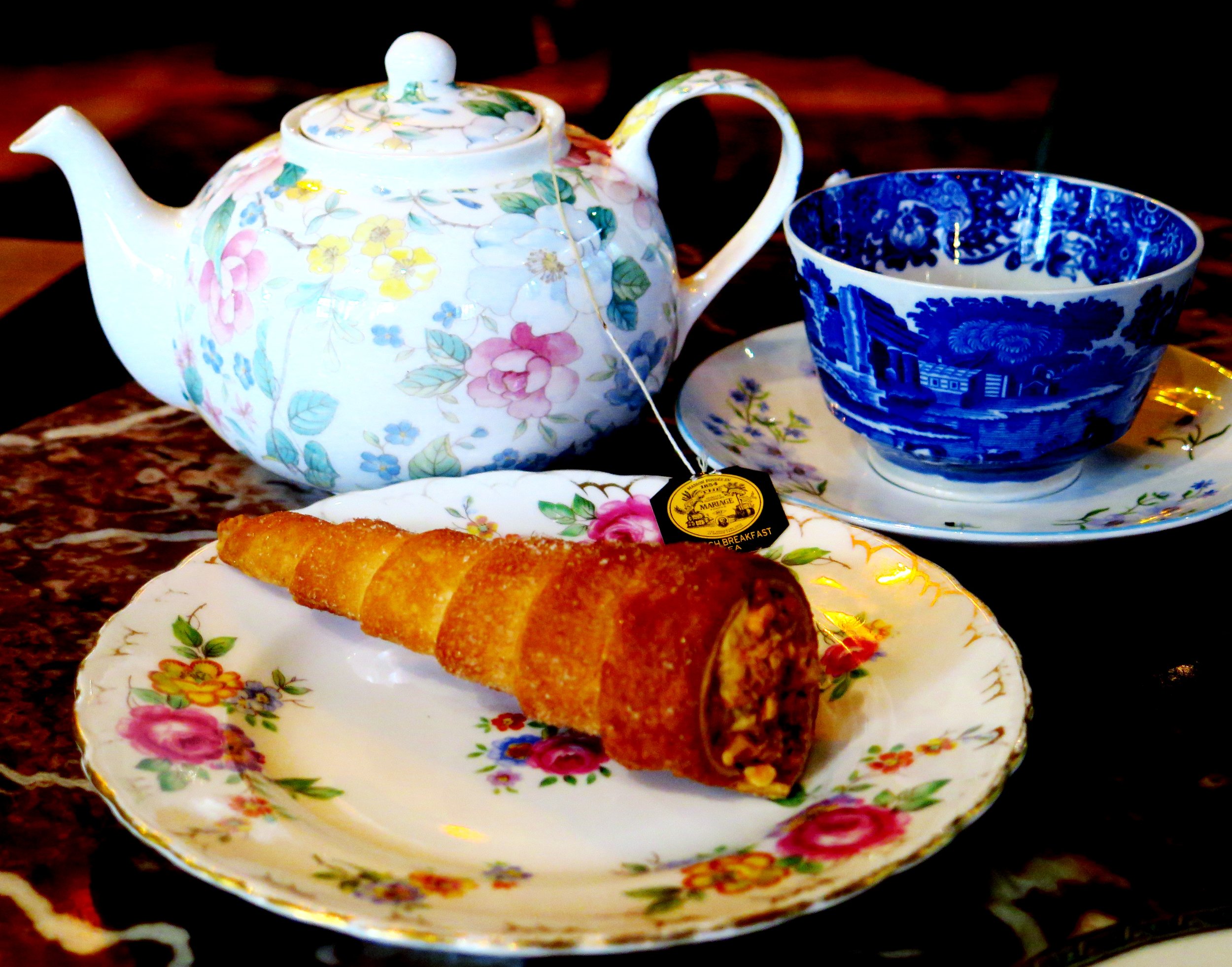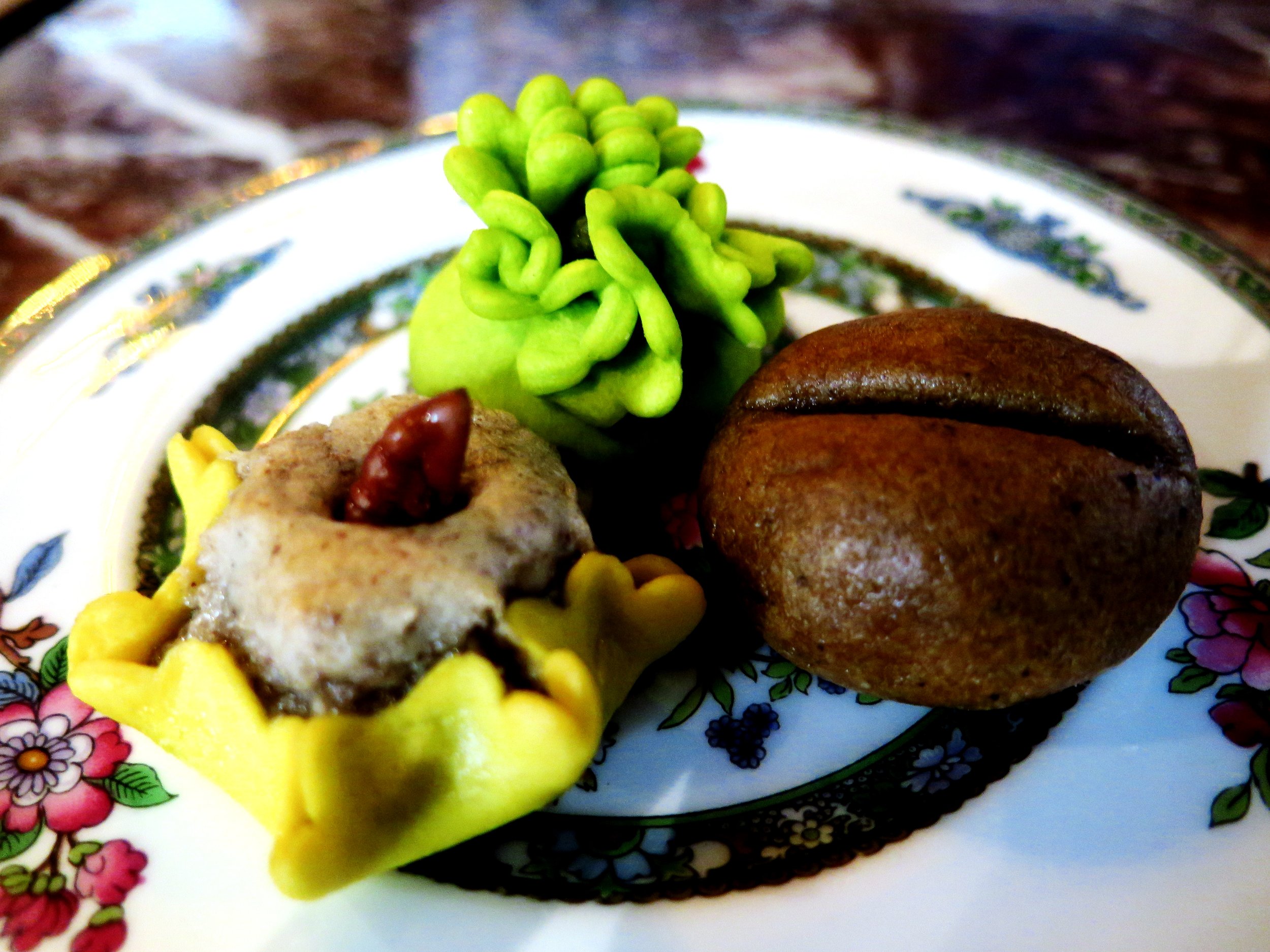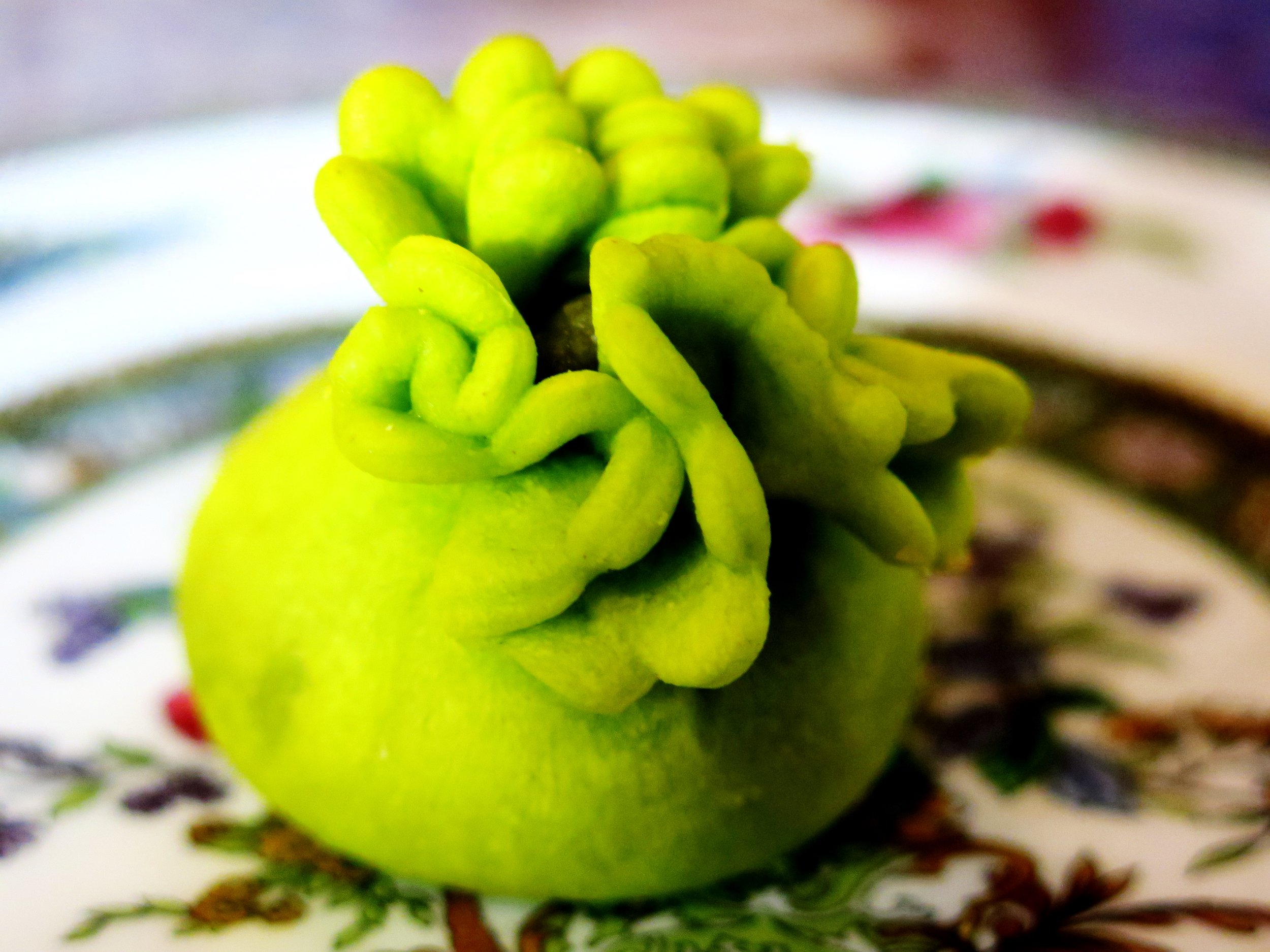We were plunged into the depths of the most labyrinthine of Moroccan souks with a texturally titillating starter of spiced chickpeas, roast Chantenay carrots flecked with crunchy pomegranate gems and creamy curd. It was not a long journey thence to the Welsh influenced Moroccan tagine, a sublime encounter with meat (possibly reared by one of the dinner guests himself) rendered almost molten after a three hour simmer.
Then, tossed on the tides of wine dark seas, we were carried away. We hugged the North African coast for as long as we could, before migrating across the undulating hills and majestic mountains to Southern Italy for a Marsala-imbued tiramisu. The brawn (in the muscular sense, not gelatinous pig's head) evident in the hand- whipped mascarpone elevated the dish further - quite unreplicable by any kitchen machinery. The plank of cheeses that had, tantalisingly, been perfuming the room, was brought before us, where the Mont D'Or led to much fantasising about entire rooms plastered with its moreish viscosity.
It is a great shame that the refried beans from the last visit failed to make an appearance. I can only assume that this was a conscious decision in order to allow a full coverage of fur to develop before extricating them from the fridge for medicinal use or a kimchi style delicacy.
Each guest launched him/herself into a dulcet kazoo cacophony. Renditions of Katy Perry's I Kissed a Girl and Amy Winehouse’s Rehab were boldly modernised and subtly nuanced. Unfortunately, mastering the kazoo did not come as naturally to some as to others, and attempts to challenge the traditional method of kazooing included pursing one’s lips in flautist style, blowing from the other end, and, from one unlikely crystal meth abuser, filling the hollow with water in bong style.
Post dinner, we journeyed further north and, interestingly, back in time to the Iron Age, where the Hootenanny, famed for its reggae and hip hop nights, was facing a hairy invasion of retired Celtic warriors. In a show of true masculinity, clothing was scarce and moobs were on full show, quivering brawnily (the gelatinous pig’s head kind, not the muscular) along to the stirring beats of the three competing drummers. Caught in their own time loop, and not ashamed to recognise they were on to a good thing, they singled out the crowd's favourite 12 minute song and played it on repeat for the entire evening.
The journey ended here for the adventurers to rest and recover before the next leg of the journey, even further north.
NB: Photos are for visual stimulation only and are in no way related to the feast.

